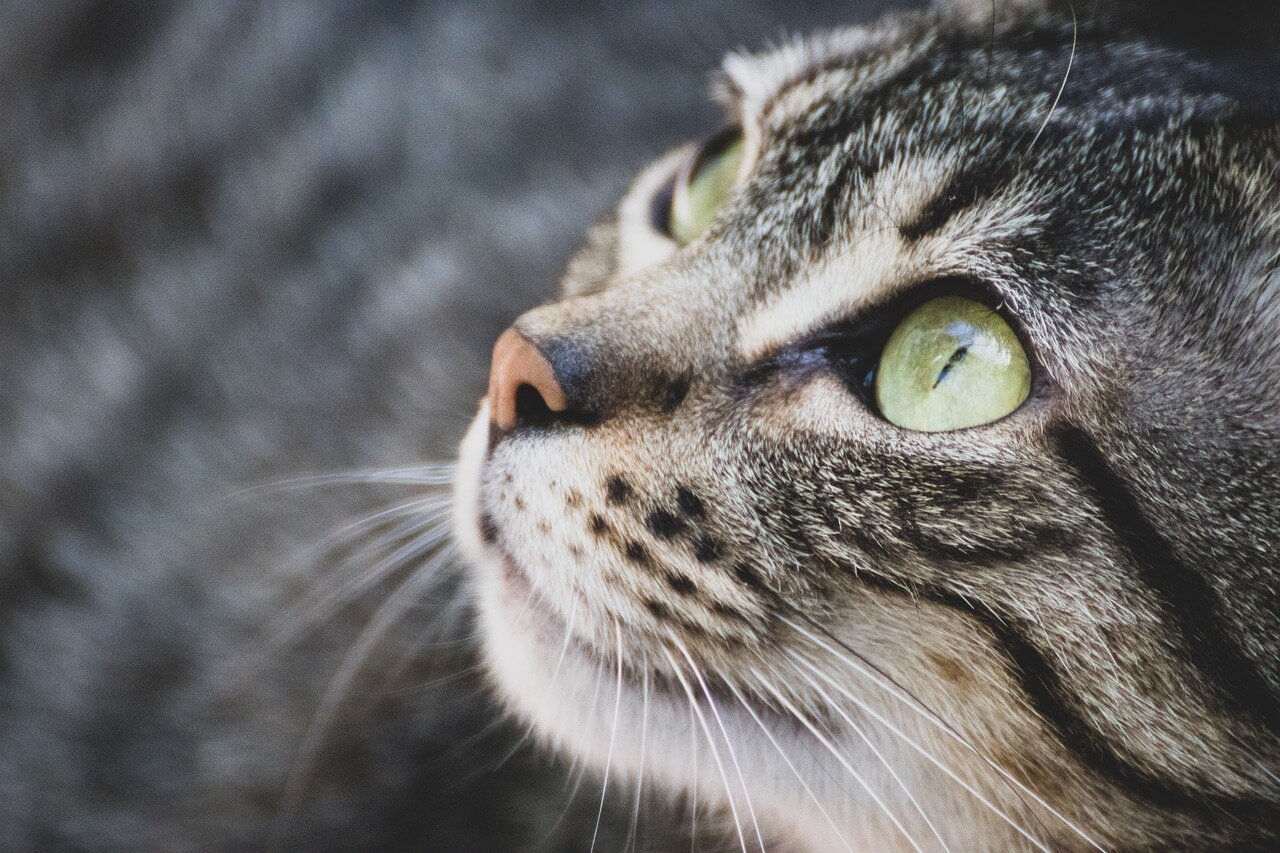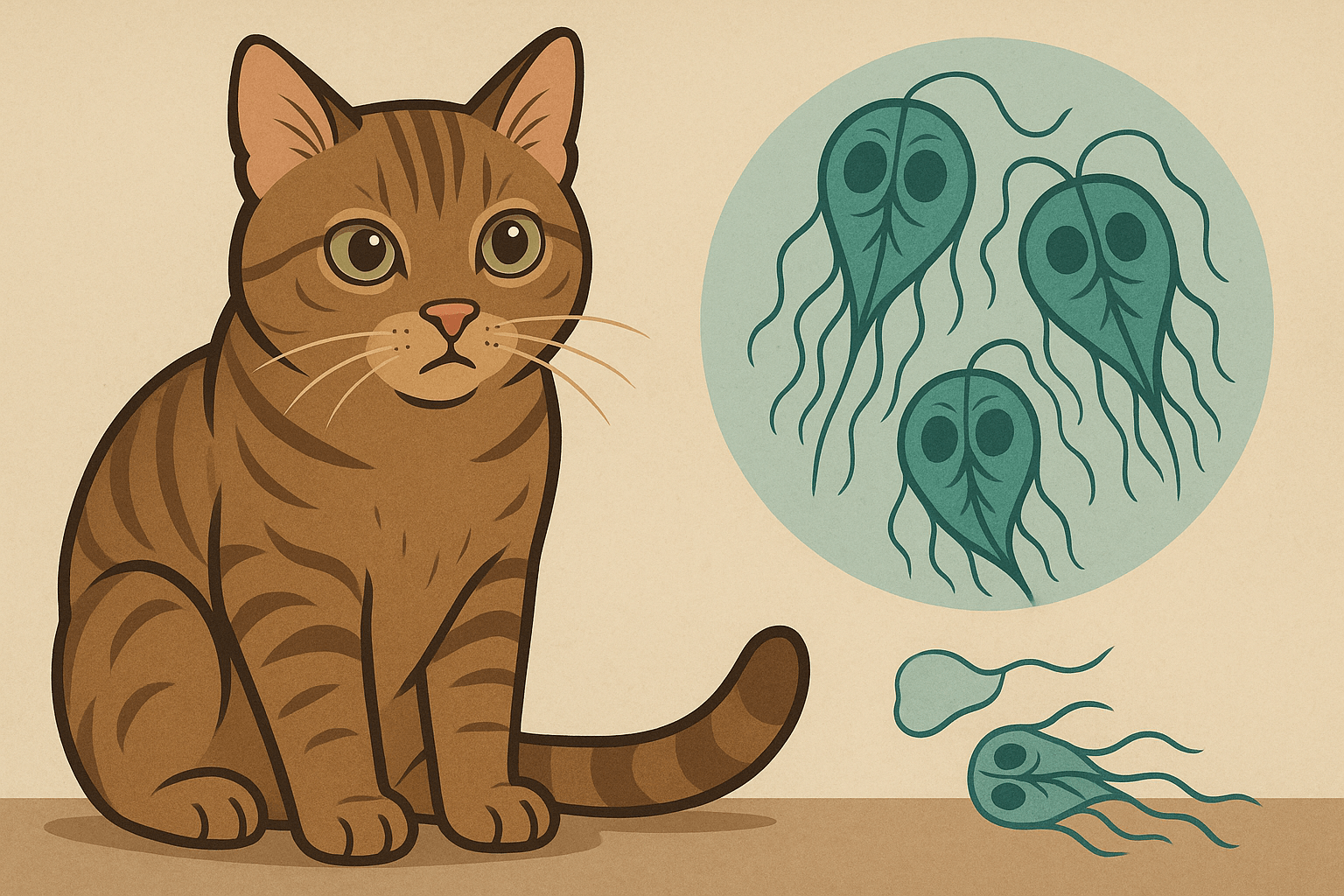Understanding Cat Scratch Scars: Causes, Care, and Prevention
Cats are beloved companions known for their playful nature and affectionate behaviors. However, even the most loving feline can accidentally leave behind a scratch or two. While minor scratches usually heal without issue, deeper wounds may result in scars that linger as reminders of those moments. Whether you’re dealing with a fresh scratch or an older scar, understanding how to care for your skin and prevent future incidents is essential. In this article, we’ll explore everything you need to know about cat scratch scars, from why they happen to how you can minimize their appearance and protect yourself moving forward.
Why Do Cat Scratches Leave Scars? Understanding the Root Causes
Not all cat scratches lead to scarring, but certain factors increase the likelihood of permanent marks. Knowing what contributes to scarring can help you take preventive measures and address issues promptly.
Deep Wounds :
Scratches that penetrate deeply into the skin are more likely to scar due to tissue damage.Infection Risk :
Bacteria from a cat’s claws can cause infections, which may worsen scarring if untreated.Slow Healing Process :
Older adults or individuals with compromised immune systems may experience delayed healing, increasing the risk of scarring.Improper Aftercare :
Failing to clean and treat scratches properly can lead to complications like infection or discoloration.Genetic Predisposition :
Some people are naturally more prone to keloid or hypertrophic scars due to their skin type.
Understanding these causes highlights the importance of both prevention and proper care. Taking steps early on can significantly reduce the chances of long-term scarring.
First Aid Essentials: What to Do When You Get Scratched
If your cat leaves a scratch, acting quickly can make all the difference in preventing infection and minimizing scarring. Follow these steps to ensure proper care for your wound.
Clean the Area Immediately :
Wash the scratch thoroughly with soap and warm water to remove dirt and bacteria.Apply an Antiseptic Solution :
Use hydrogen peroxide or an over-the-counter antiseptic to disinfect the area further.Cover the Wound :
Apply a sterile bandage to protect the scratch from further irritation or contamination.Monitor for Signs of Infection :
Watch for redness, swelling, pus, or increased pain, which could indicate an infection requiring medical attention.Keep It Moisturized :
Apply a healing ointment like petroleum jelly to promote faster recovery and reduce scab formation.
Proper treatment not only aids healing but also reduces the risk of unsightly scars. Remember, prompt action is key to keeping your skin healthy after a scratch.
Check this guide 👉Why is My Cat Scratching the Wall? Best 7 Health Tips!
Check this guide 👉Top 5 Best Cat Scratcher Cardboards for Happy Cats!
Check this guide 👉My Cat Keeps Scratching But Doesnt Have Fleas: Best 7 Tips!

Preventing Cat Scratches | Treating Existing Scars |
|---|---|
Trim your cat’s nails regularly | Use silicone-based scar gels for fading |
Provide scratching posts to redirect claws | Massage vitamin E oil onto scars daily |
Wear long sleeves during playtime | Consider laser therapy for stubborn scars |
Train your cat to avoid aggressive behavior | Protect scars from sun exposure |
Avoid roughhousing with unfamiliar cats | Stay hydrated to support skin regeneration |
Fading the Marks: Tips for Reducing Scar Visibility
While some scars fade naturally over time, others may require extra effort to diminish their appearance. These strategies focus on promoting skin renewal and improving texture.
Use Scar Creams or Gels :
Products containing ingredients like onion extract or silicone can help flatten and lighten scars.Apply Natural Remedies :
Aloe vera, honey, and coconut oil have soothing properties that aid in skin repair.Exfoliate Gently :
Light exfoliation removes dead skin cells, encouraging new cell growth around the scar area.Protect from Sun Exposure :
UV rays can darken scars, so always apply sunscreen when heading outdoors.Stay Consistent with Treatment :
Regular application of treatments over weeks or months yields the best results.
With patience and persistence, many scars can become less noticeable. Focus on gentle, consistent care for optimal outcomes.
Staying Safe: How to Avoid Getting Scratched Again
Prevention is always better than cure. By taking proactive steps, you can minimize the chances of getting scratched by your cat in the future.
Trim Your Cat’s Nails Regularly :
Short nails are less likely to break the skin during accidental swipes.Provide Appropriate Outlets for Clawing :
Scratching posts and toys redirect your cat’s natural instincts away from your skin.Learn to Read Body Language :
Recognize signs of stress or agitation in your cat to avoid triggering defensive behavior.Teach Gentle Play Habits :
Reward calm interactions and discourage biting or clawing during playtime.Supervise Interactions with Children :
Ensure kids handle cats gently to prevent startled reactions leading to scratches.
By fostering a safe environment for both you and your pet, you can enjoy a harmonious relationship while avoiding unwanted injuries.
Decoding Feline Actions: Why Cats Scratch and How to Respond
Cats scratch for various reasons, and understanding their behavior can help you anticipate and prevent scratches. By learning what triggers your cat’s actions, you can create a safer environment for both of you. Here are some insights into common feline behaviors:
Territorial Marking :
Cats often scratch surfaces to mark their territory with scent glands in their paws. Providing scratching posts can redirect this instinct.Playful Aggression :
Kittens and young cats may scratch during play as part of their natural hunting instincts. Teach them boundaries through positive reinforcement.Fear or Stress :
A frightened cat may lash out defensively; avoid sudden movements or loud noises that could startle them.Overstimulation During Petting :
Some cats become overstimulated and may scratch if petted too long or in sensitive areas like the belly. Learn your cat’s tolerance limits.Curiosity and Exploration :
Cats use their paws to explore objects, which can sometimes lead to accidental scratches. Keep fragile items out of reach.
By understanding these behaviors, you can better predict and manage situations where scratches might occur, ensuring a peaceful coexistence with your cat.
Gentle Healing: Using Nature to Treat Minor Scratches
For minor cat scratches, natural remedies can provide soothing relief and support the healing process. These options are gentle on the skin and often readily available at home. Here are some effective choices:
Aloe Vera Gel :
Known for its anti-inflammatory properties, aloe vera helps reduce redness and promote healing.Honey :
Raw honey has antibacterial properties that can prevent infection while keeping the wound moisturized.Coconut Oil :
This natural oil hydrates the skin and creates a protective barrier against bacteria.Chamomile Tea Compress :
Soak a cloth in cooled chamomile tea to reduce irritation and calm the affected area.Witch Hazel :
A mild astringent, witch hazel can clean the wound and reduce swelling without harsh chemicals.
Natural remedies offer a safe and effective way to care for minor scratches, but always consult a doctor for deeper wounds or signs of infection.
Knowing When It’s Time to See a Doctor
While most cat scratches heal on their own, some cases require professional medical attention. Recognizing warning signs early can prevent complications and ensure proper treatment. Here’s when you should seek help:
Persistent Redness or Swelling :
If the area remains inflamed for more than a few days, it could indicate an infection.Pus or Discharge :
Oozing liquid from the wound is a clear sign of infection that needs immediate care.Fever or Fatigue :
Systemic symptoms like fever suggest the body is fighting an infection, requiring prompt evaluation.Deep or Jagged Wounds :
Cuts that are deep, wide, or irregular may need stitches or specialized care to heal properly.Allergic Reactions :
Swelling, itching, or difficulty breathing after a scratch could signal an allergic response to bacteria or saliva.
Seeking professional help ensures that serious issues are addressed quickly, preventing long-term damage or scarring. Always err on the side of caution when in doubt.
Frequently Asked Questions About Cat Scratch Scars
Can I get rabies from a cat scratch?
Rabies transmission through scratches is rare, but consult a doctor if the cat’s vaccination status is unknown.
Should I see a doctor for a deep scratch?
Yes, seek medical advice for deep wounds, especially if they show signs of infection.
Do cat scratches always leave scars?
No, shallow scratches typically heal without scarring, but deeper ones may require special care.
Is it safe to use home remedies on a cat scratch?
Mild remedies like aloe vera are generally safe, but consult a doctor for severe cases.
How long does it take for a cat scratch to heal?
Most scratches heal within 7–10 days, depending on depth and care provided.
Final Thoughts: Living Harmoniously with Your Feline Friend
Cat scratch scars are a small price to pay for the joy and companionship our feline friends bring into our lives. By understanding the causes of these marks and taking steps to prevent and treat them, you can maintain both your health and your bond with your cat. Remember, accidents happen—but with proper care, education, and patience, you can minimize their impact. So cherish every moment with your furry companion, knowing you’re equipped to handle whatever comes your way—even the occasional scratch!
Tortoiseshell Cat vs Calico: Best 7 Expert Tips! Discover the differences, genetics, and unique traits of tortoiseshell and calico cats to find your perfect feline companion.
Cat IQ vs Dog IQ: Best 7 Expert Tips! Discover fascinating insights into feline and canine intelligence, their unique strengths, and how to nurture their cognitive abilities for a deeper bond.
Giardia in Cats: Best 7 Expert Tips! Discover expert advice on identifying, treating, and preventing giardia in cats to ensure your feline stays happy and healthy.
Cat Hyperventilating: Best 7 Expert Tips! Discover signs, causes, and solutions for cat hyperventilation. Learn how to calm your cat and when to seek veterinary care for their breathing issues.





